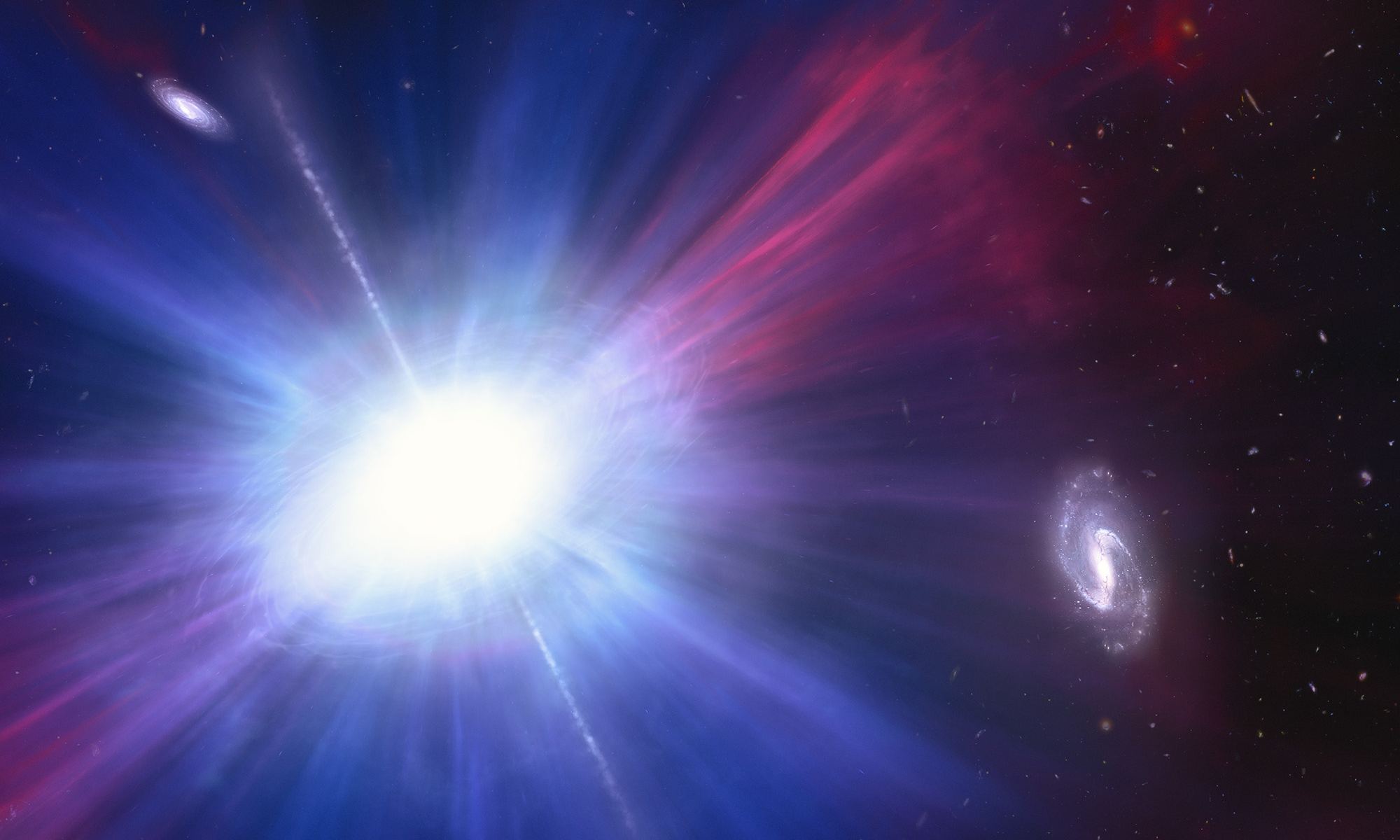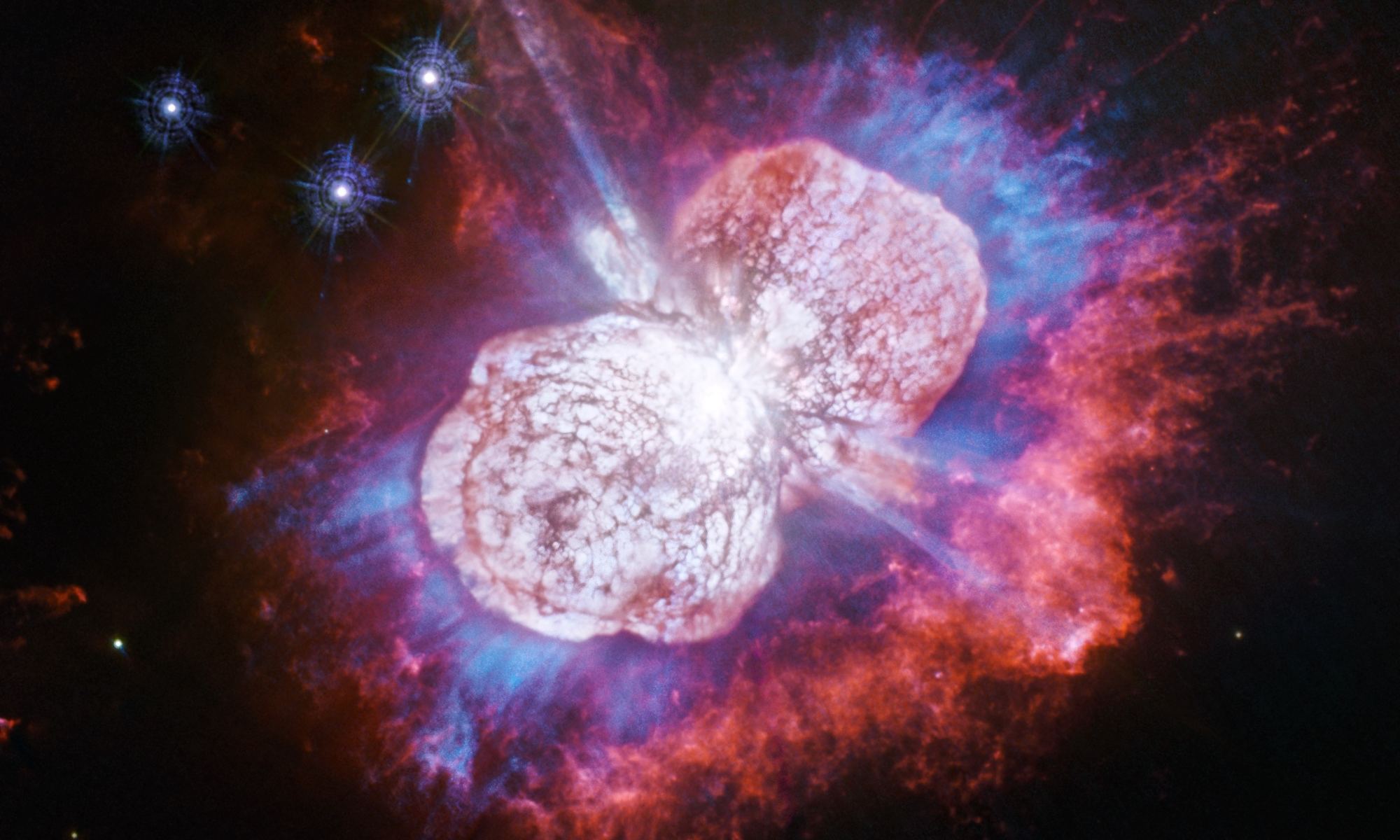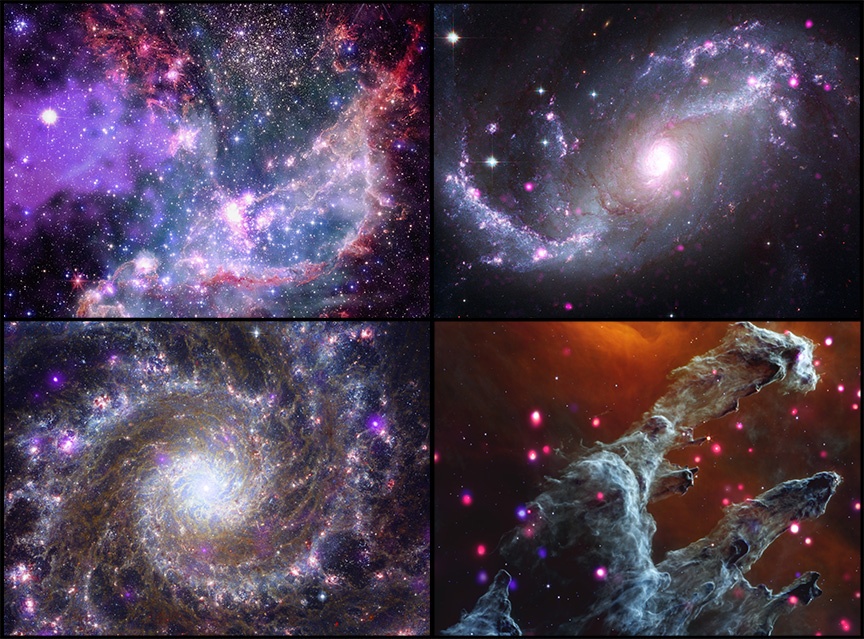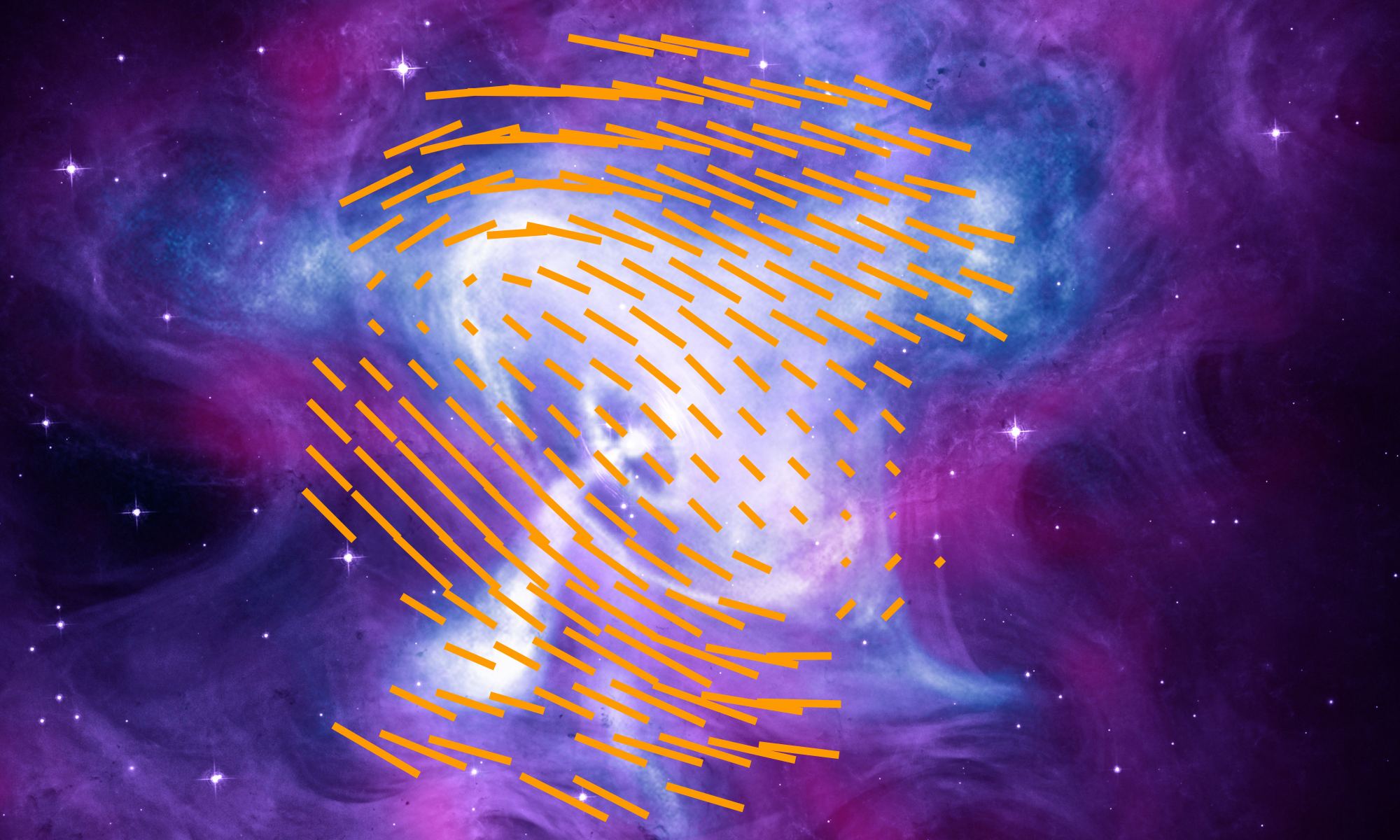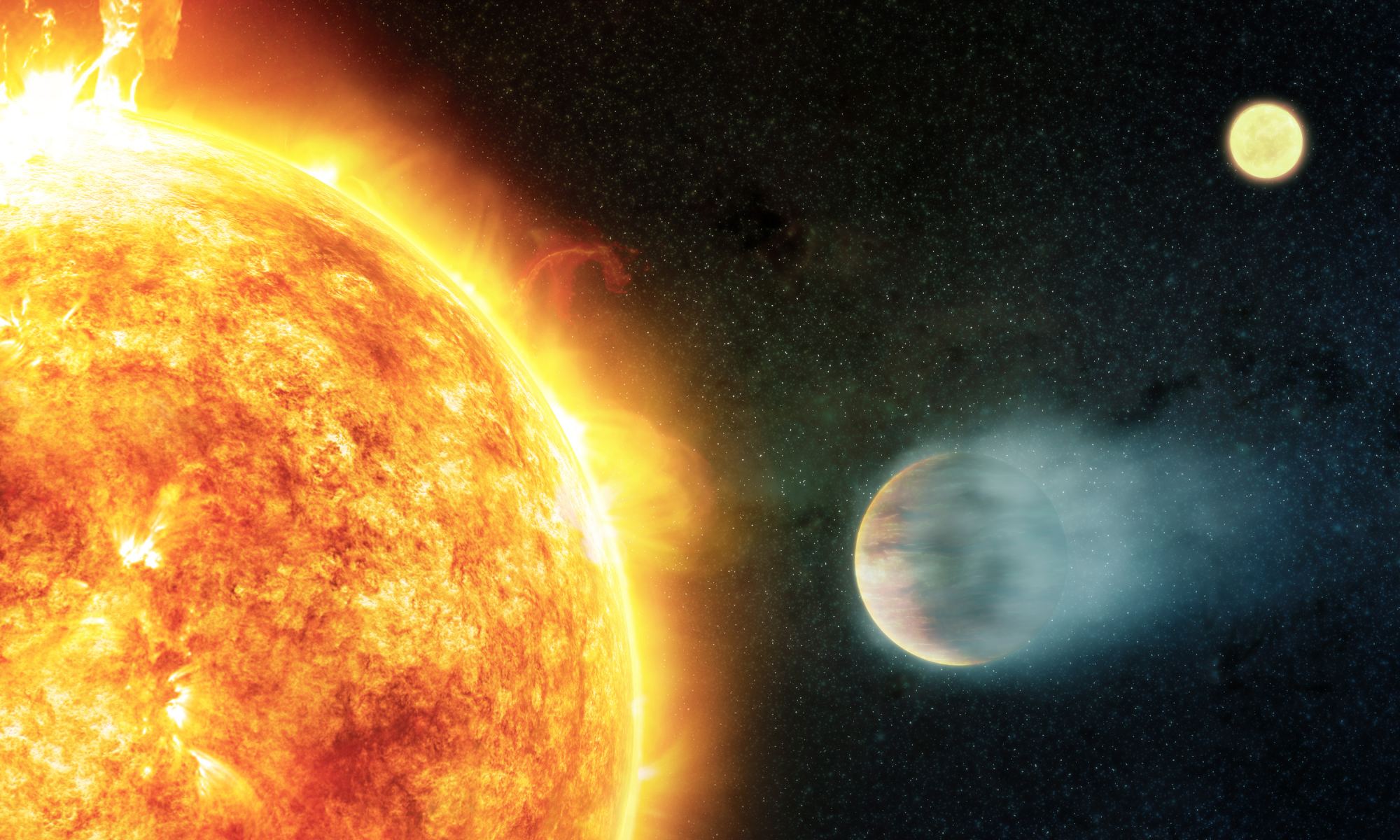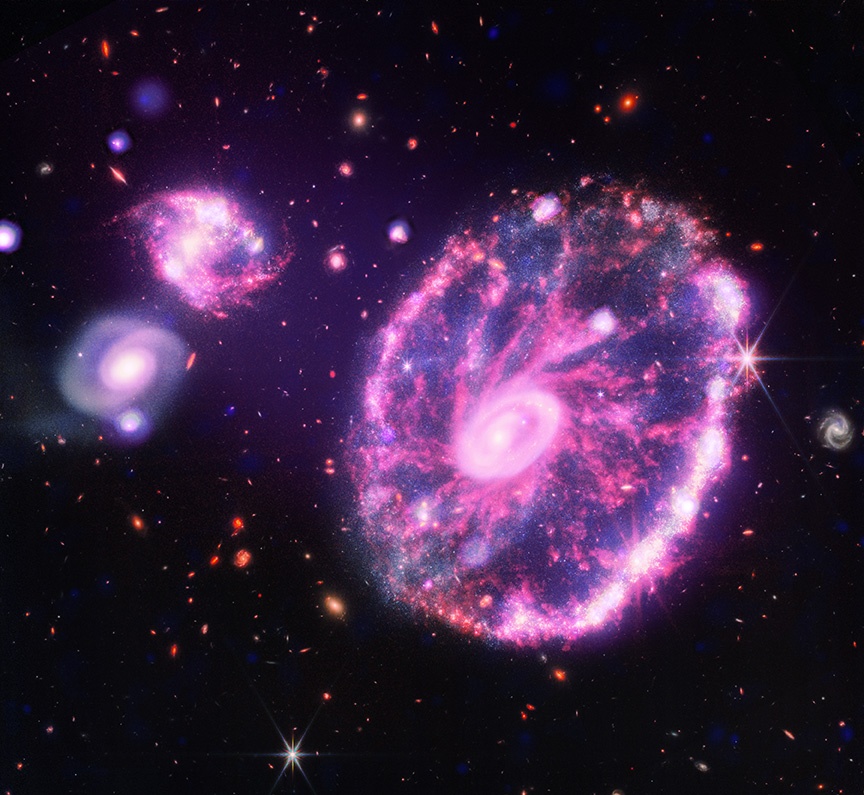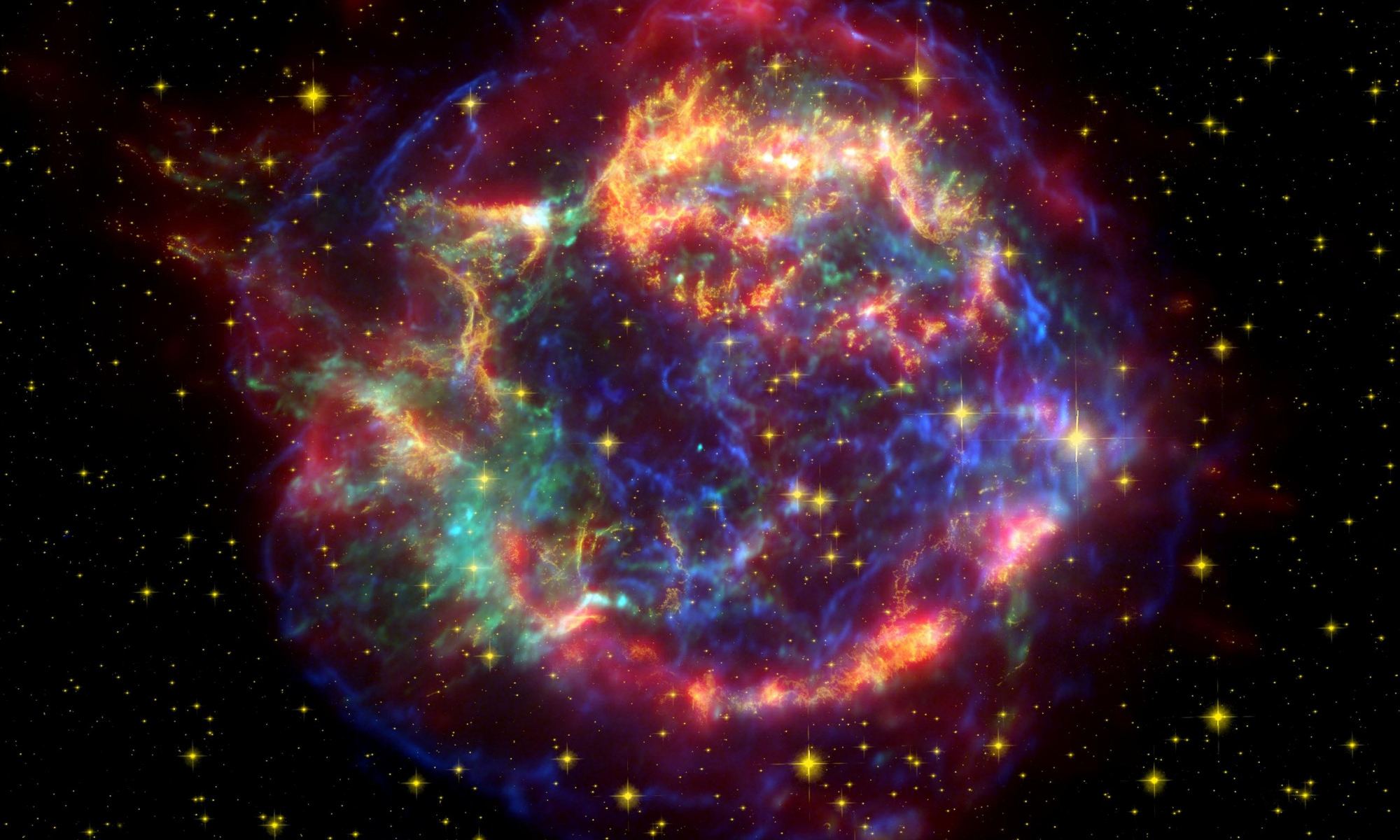While the night sky may appear tranquil (and incredibly beautiful), the cosmos is filled with constant stellar explosions and collisions. Among the rarest of these transient events are what is known as Luminous Fast Blue Optical (LFBOTs), which shine intensely bright in blue light and fade after a few days. These transient events are only detectable by telescopes that continually monitor the sky. Using the venerable Hubble Space Telescope, an international team of astronomers recently observed an LFBOT far between two galaxies, the last place they expected to see one.
Continue reading “Hubble Sees a Mysterious Flash in Between Galaxies”Hubble Sees a Mysterious Flash in Between Galaxies
